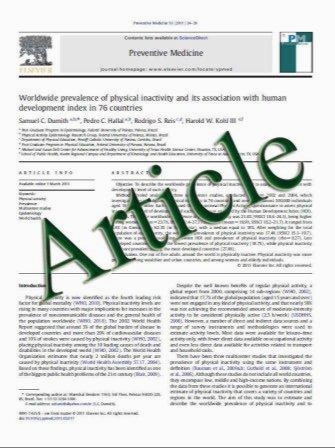Correlation between risk factors and subsequent surgical management following internal fixation of intracapsular femoral neck fractures in patients under the age of 60 years
- نوع فایل : کتاب
- زبان : انگلیسی
- مؤلف : A. Sebestye´n • F. To´th • J. Sa´ndor • J. Nya´ra´dy • I. Boncz
- چاپ و سال / کشور: 2010
Description
Purpose Regarding intracapsular femoral neck fractures, the main focus of research is the correlation between fracture-related complications and prognostic factors. To evaluate the correlation between complications required surgery (fracture-related treatment) and, among others, several less extensively investigated prognostic factors (day of surgery, co-morbidities, hospital type) in a 2-year period following internal fixation in patients under the age of 60 years with intracapsular femoral neck fracture. Methods A retrospective analysis of femoral neck fractures occurring in Hungary in 2000 was undertaken, based on data obtained from the National Health Insurance Fund Administration. The data were validated and completed by a questionnaire carried out in all of the 60 institutions enrolled. The effects of prognostic factors were analyzed by uni- and multivariate logistic regression in three groups: all fracture-related treatments and non-prosthetic (NPT) and prosthetic treatments (PT). Results Out of 413 patients, 17.9% required further fracture-related treatment. In 7.7% of patients, NPT and in 10.2% of patients, PT was performed. Fracture displacement (odds ratio [OR] = 2.24), weekend surgery (OR = 2.35), infections (OR = 3.68), central nervous system-related co-morbidities (OR = 3.64), and the county hospital level of management (OR = 2.36) were associated with significantly increased risk for further surgery. Conclusions To reduce the influence of risk factors, standardization of the substantive traumatologic and orthopedic professional guidelines, as well as the introduction of the ‘‘common orthopedic-trauma patient care’’ (British model) are suggested. To achieve high-quality standardized patient management, personal and material conditions are required to be accessible every day of the week. In the presence of co-morbidities, reduction of their harmful effects should be a major consideration by focusing on the patient in the peri-operative periods.
Eur J Trauma Emerg Surg DOI 10.1007/s00068-010-0072-3 Received: 2 September 2010 / Accepted: 26 December 2010


